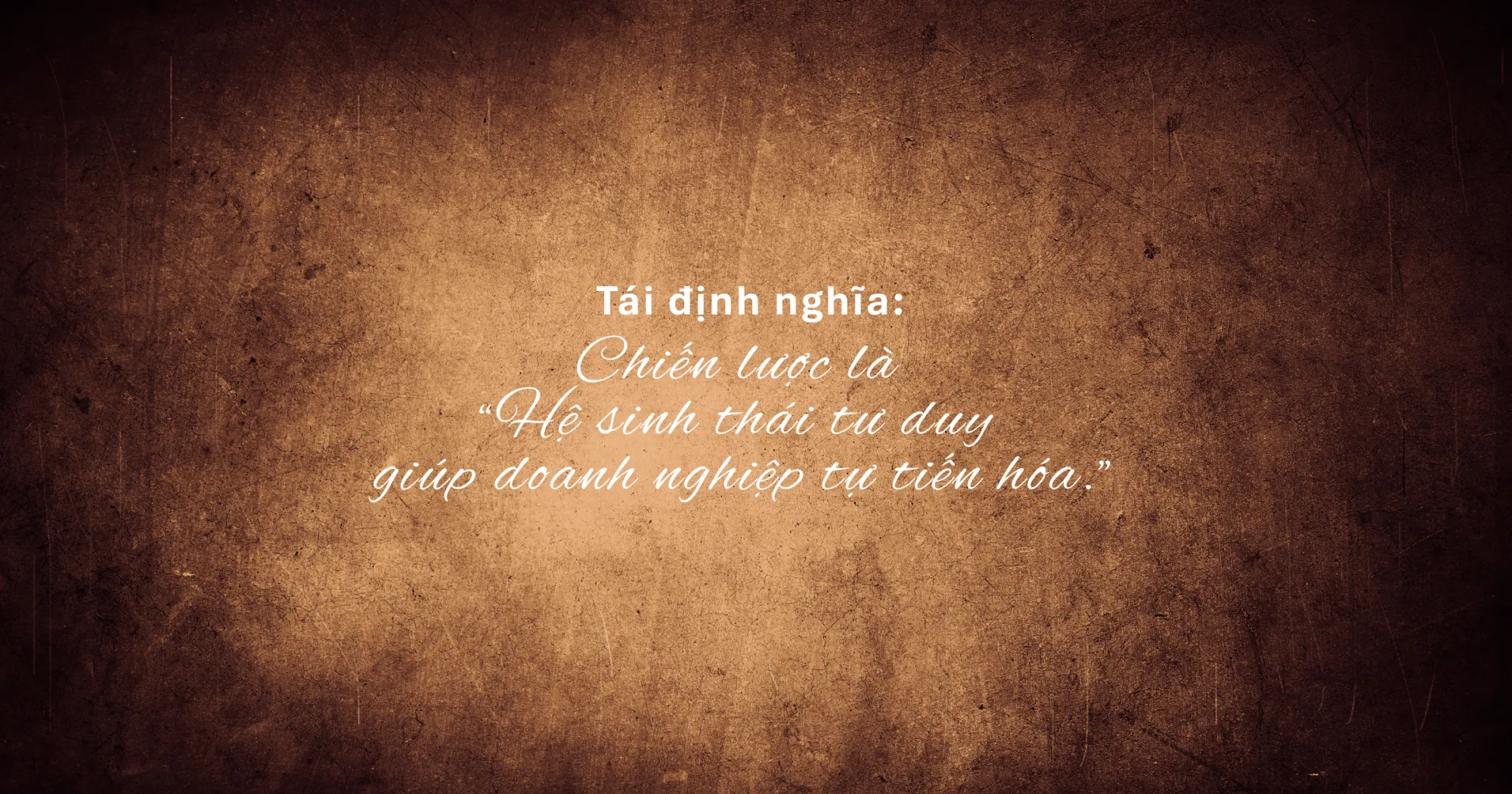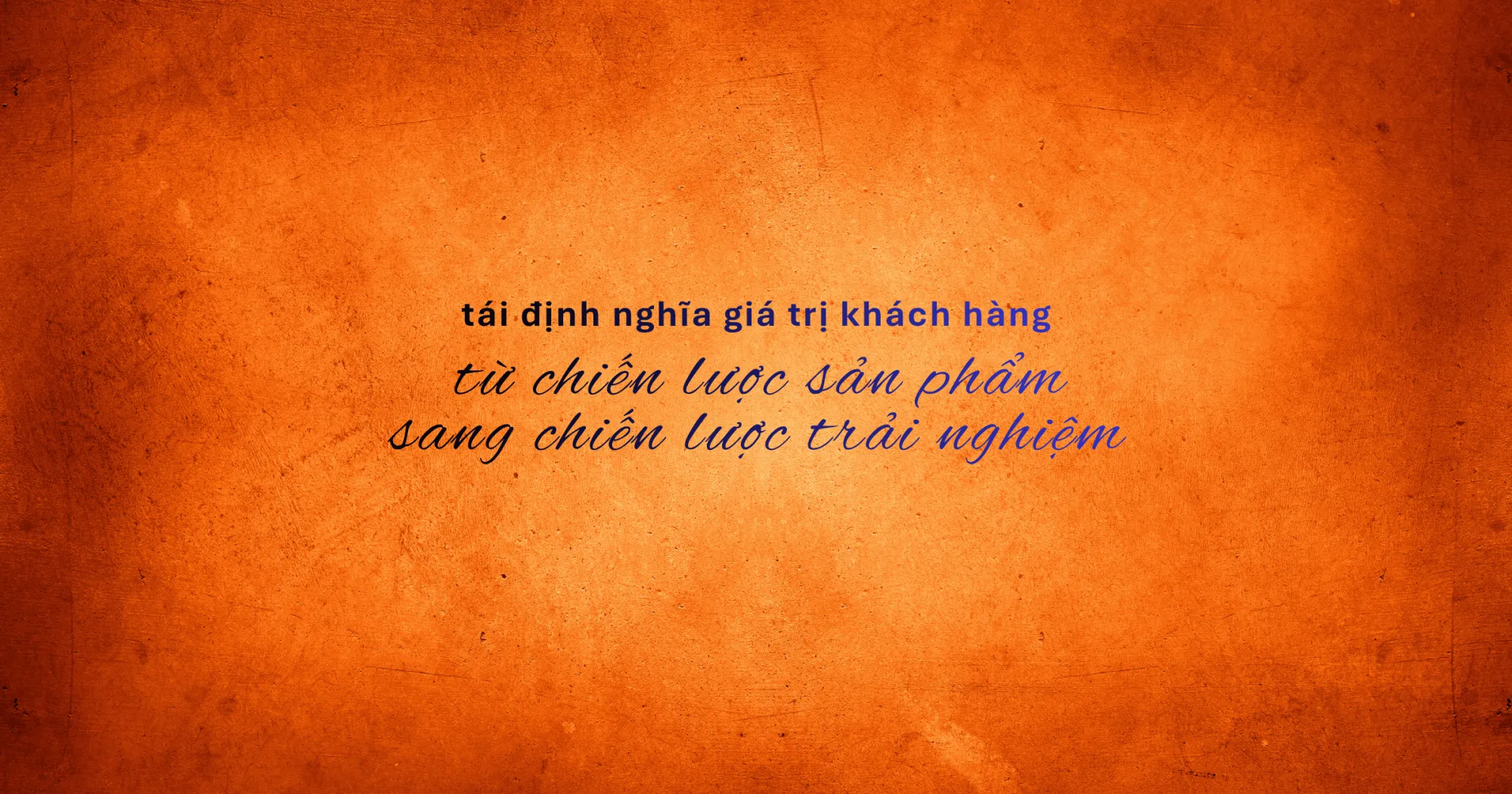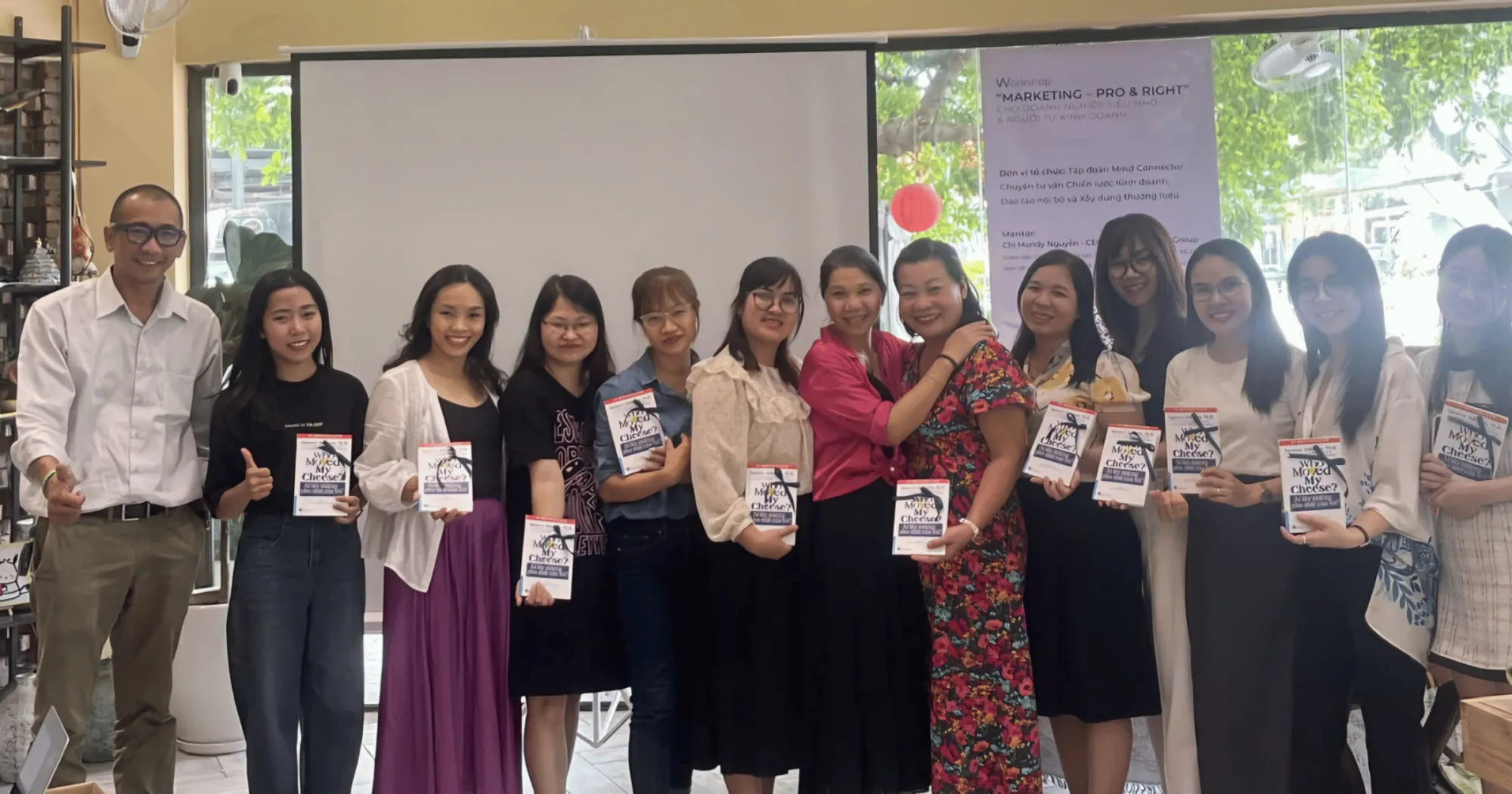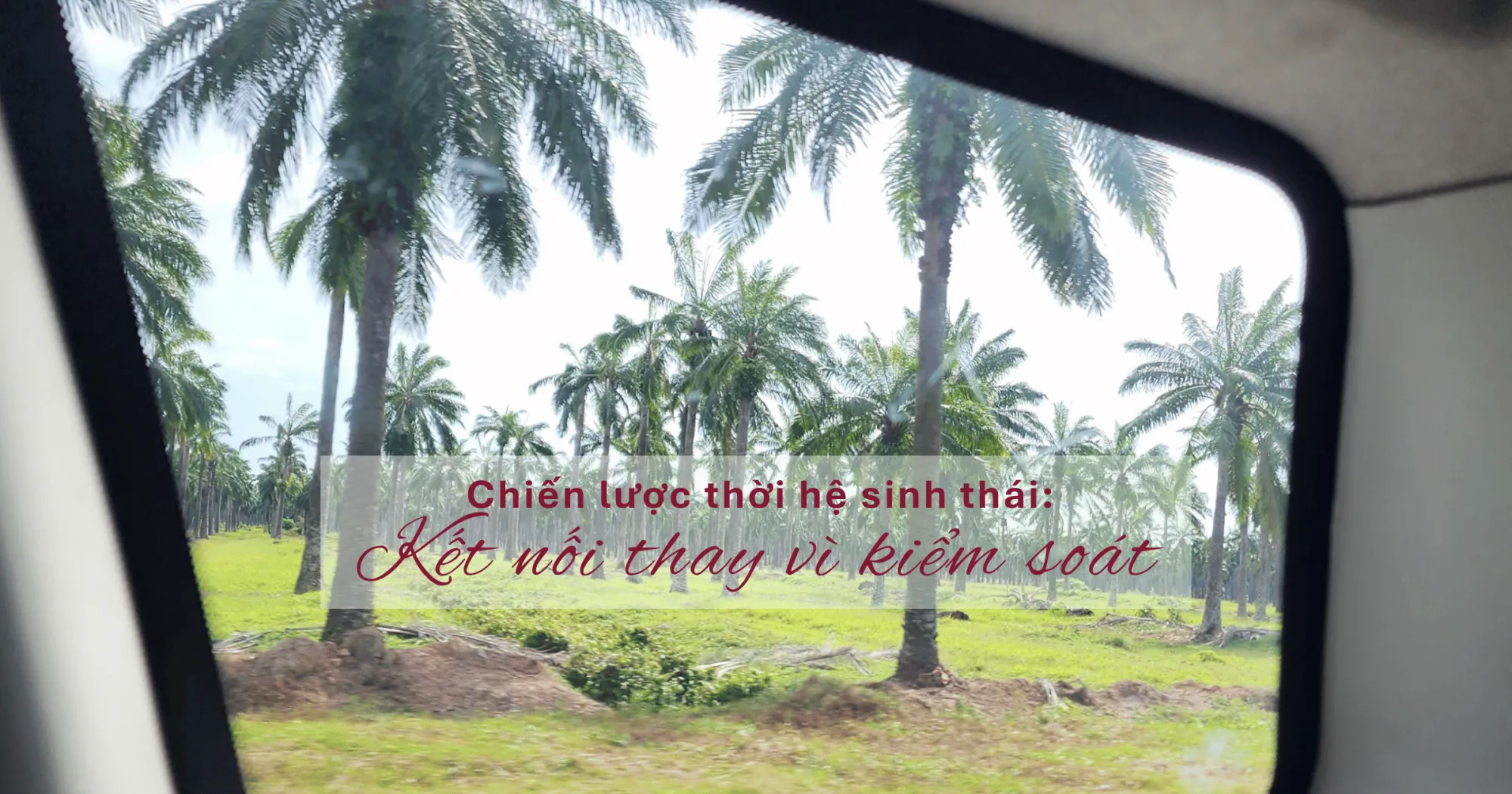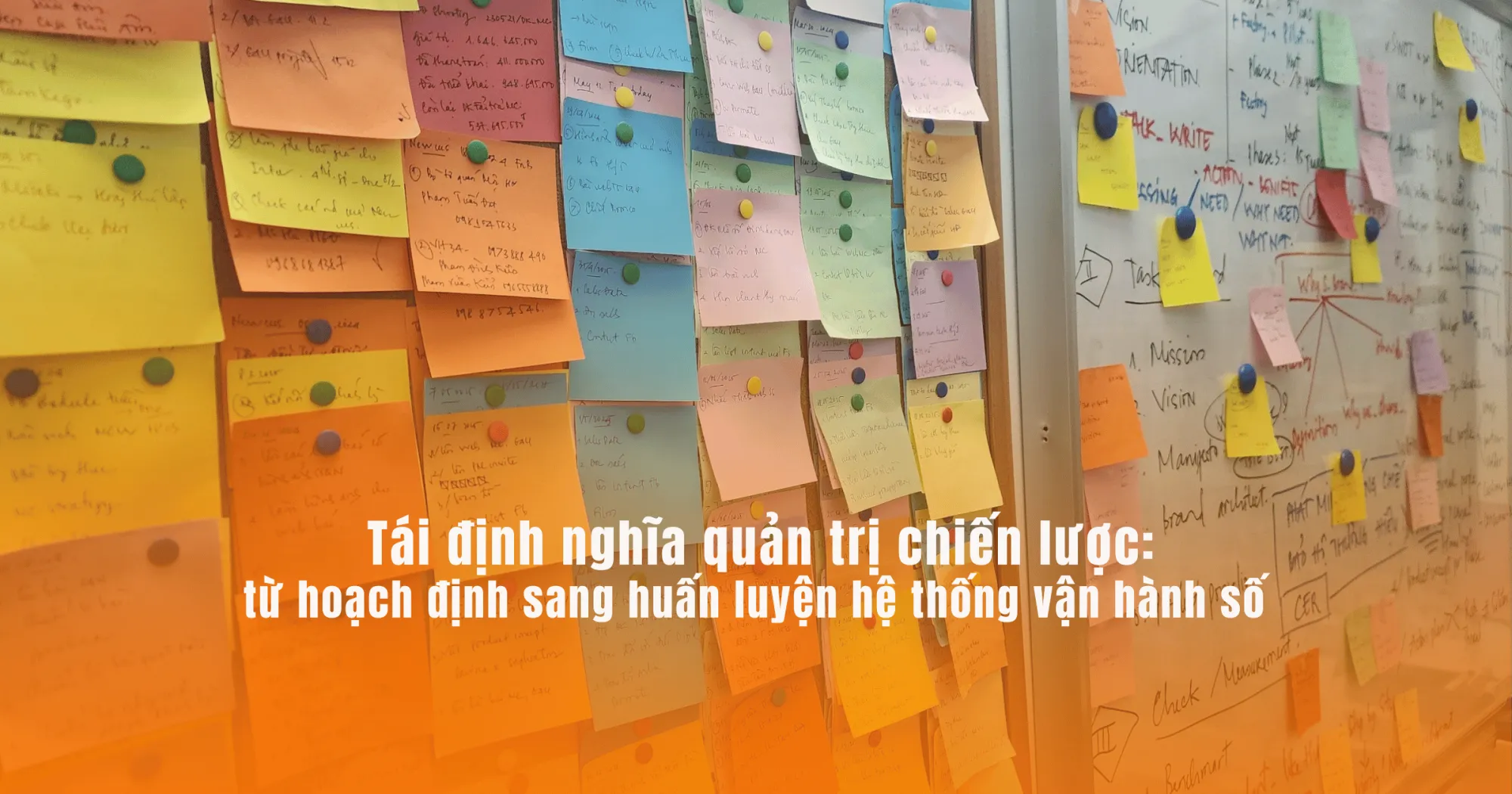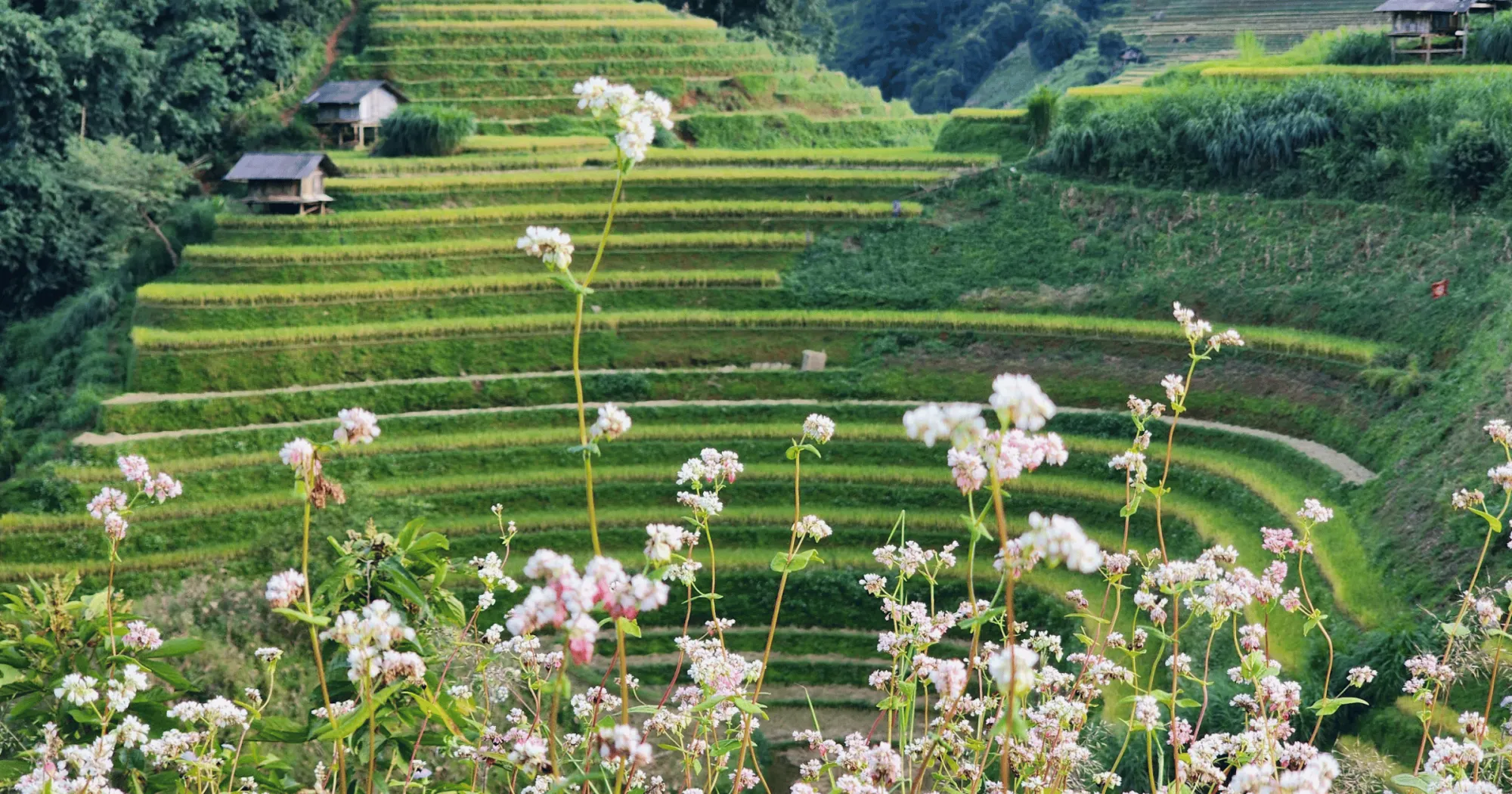For many years, cashew nuts have been considered one of the main agricultural products, bringing significant revenue to Vietnam’s agricultural economy. With the world’s leading export output, the Vietnamese cashew industry has created livelihoods for hundreds of thousands of farming households and contributed greatly to export turnover. However, in recent years, the wave of conversion from cashew to durian has been increasing. This raises the question: Why do farmers abandon the crop that was once “white gold”? And what consequences will this shift entail?
Why Are Farmers Switching From Cashew to Durian?
There are many reasons for this change, the most prominent of which are profit, climate change and support policies.
- High Profits From Durian: The economic value of durian is significantly higher than that of cashew nuts. One hectare of durian can bring in 5-7 times more income than growing cashew nuts. In particular, when the demand for durian in large markets such as China and Thailand increases sharply, the purchase price of durian is constantly increasing, creating motivation for farmers to switch crops.
- Cashew Price Fluctuations: While durian prices have been increasing steadily, cashew nuts are facing uncertainty. The price of raw cashew nuts has been on a downward trend for many years, and production costs have increased, making growers’ profits increasingly narrow. In addition, depending on exporting raw materials without focusing on deep processing has not increased the value of cashew nuts.
- Impact of Climate Change: Cashew trees are suitable for arid lands and harsh climates. However, climate change with unseasonal rains and prolonged droughts has affected the productivity and quality of cashew nuts. Meanwhile, durian, although requiring higher cultivation techniques, gives superior productivity and profits if invested properly.
- Policies and Support: The expansion of the durian export market, especially after signing the official export protocol to China, has created a big boost for this industry. Technical and financial support policies help farmers easily switch to durian.
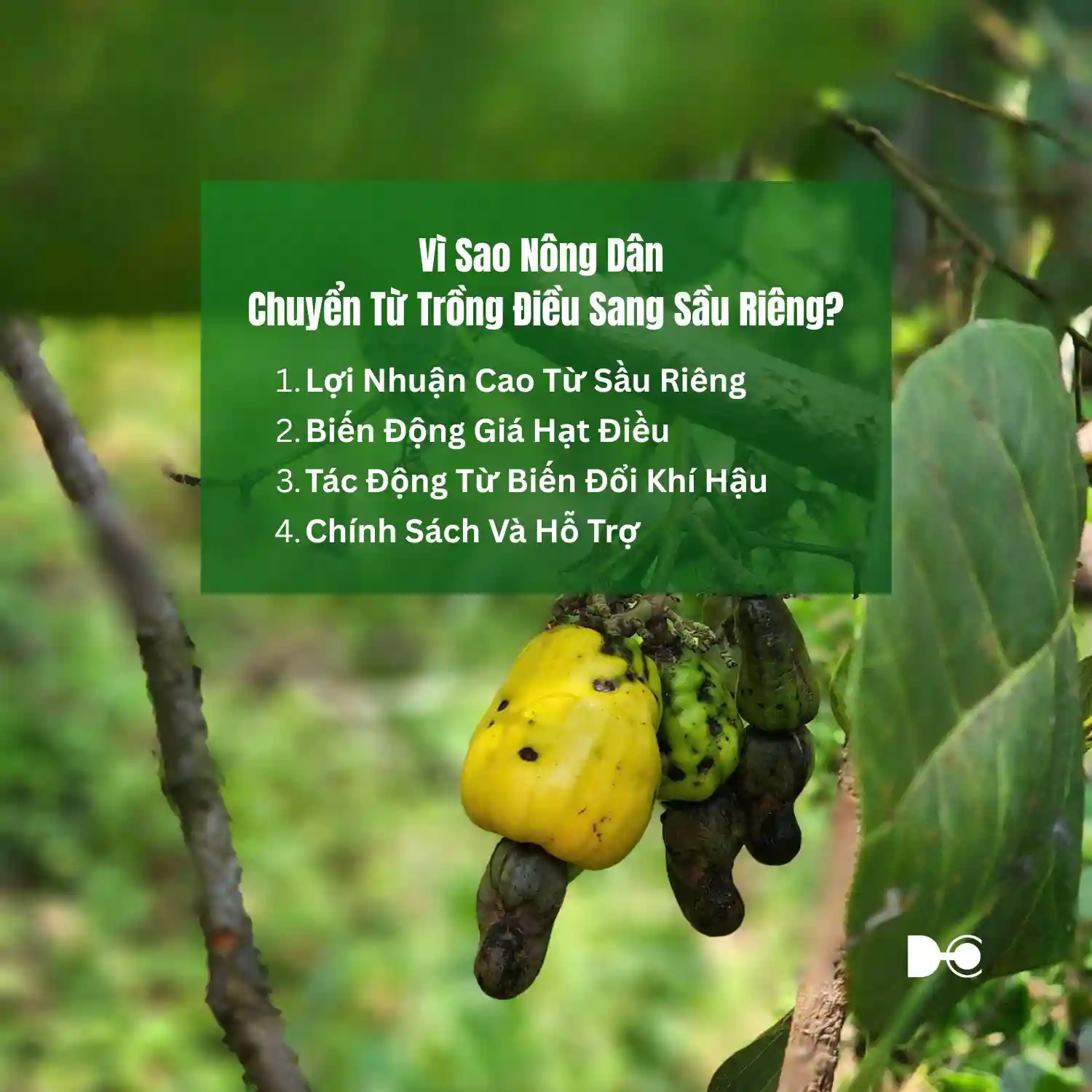
The Consequences of Crop Conversion
The massive conversion from cashew to durian may bring short-term economic benefits but has many long-term risks.
- Risk of Crop Structure Imbalance: As the cashew growing area shrinks, Vietnam will face the risk of losing its position as the world’s leading cashew nut exporter. This directly affects the cashew nut processing and export industry, which is generating billions of USD in value each year.
- Dependence on the Chinese Market: Currently, most of Vietnam’s durian exports depend on the Chinese market. Over-reliance on a single market can easily lead to risks if there are changes in import policies or reduced demand.
- Declining Land Resilience: Durian trees require more water and nutrients than cashew trees, and massive conversion will put great pressure on land and water resources, especially in areas with fragile ecosystems. Unsustainable farming can lead to land degradation that is difficult to restore to other crops.
- Risk of Oversupply: As durian acreage increases rapidly, the risk of oversupply is inevitable. Without a strategy to control output and diversify markets, durian prices may fall sharply in the future, causing losses for farmers.
- Forgetting the Value of Cashews: Cashew trees are not only of economic value but also a suitable solution for dry lands where other crops are difficult to grow. Abandoning cashew trees means losing the opportunity to exploit the potential of these lands.
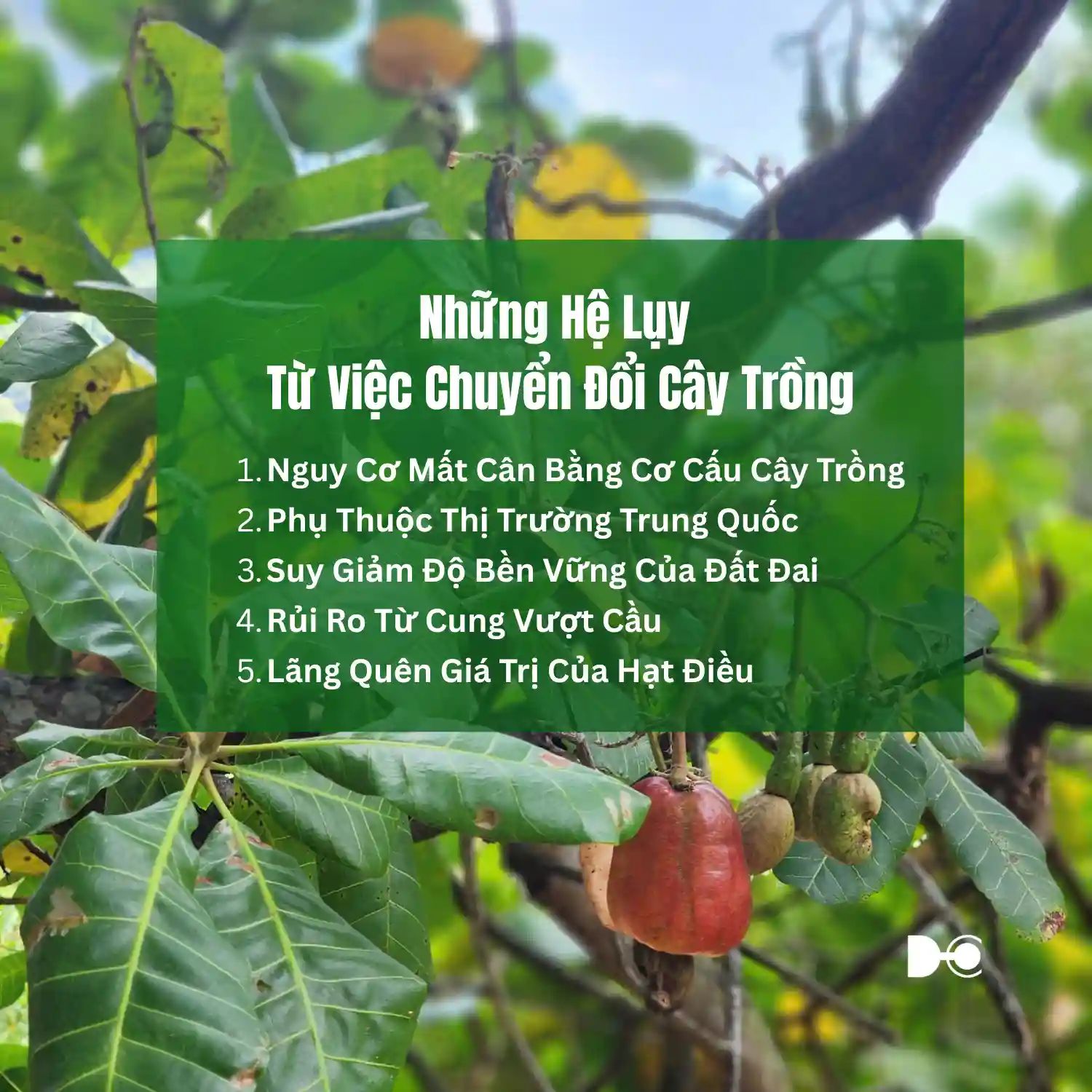
Balanced Solutions and Sustainable Development
To solve the problem of sustainable crop conversion, solutions are needed to balance economic benefits and resource protection:
- Developing Deep Processing of Cashew Nuts: Investing in deep processing technology helps increase added value, reduce dependence on raw material exports and increase the competitiveness of Vietnamese cashew nuts in the international market.
- Controlling Planting Area Planning: There needs to be a policy to control planning to avoid the situation of massive expansion of durian acreage, causing imbalance in the agricultural structure.
- Support Farmers to Diversify Crops: Encourage farmers to apply intercropping models, combining cashew and other fruit trees to optimize income and protect land resources.
- Market Orientation and Export Development: Expand export markets for both cashew nuts and durian, reducing dependence on a single market. At the same time, build a more sustainable brand for Vietnamese agricultural products.
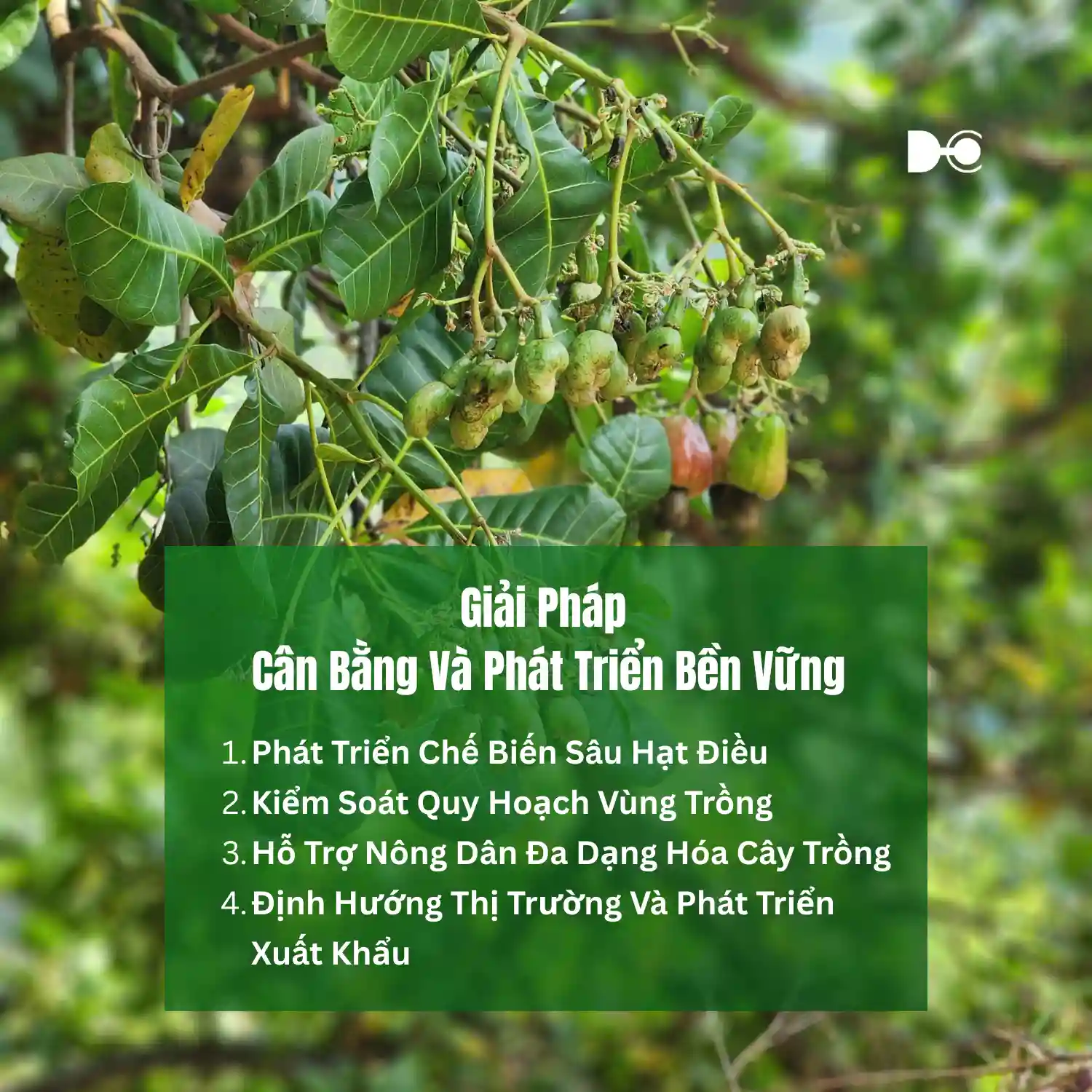
Conclusion
The shift from cashew to durian is an inevitable trend as farmers seek higher income. However, without careful consideration and a sustainable development strategy, this can cause serious consequences for the agricultural sector and the environment. To protect the position of Vietnamese cashews and develop durian sustainably, there needs to be close coordination between the government, businesses and farmers in long-term planning and orientation.

